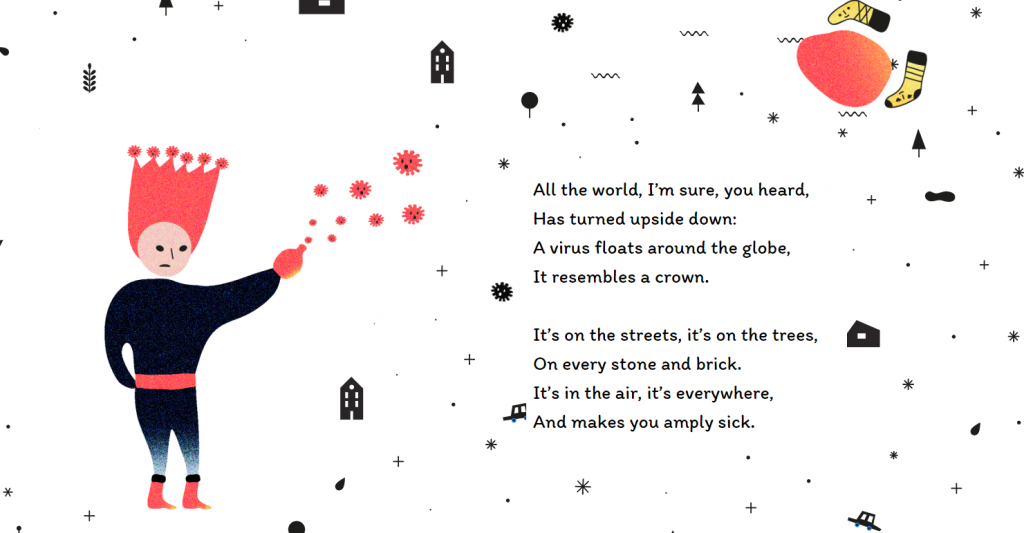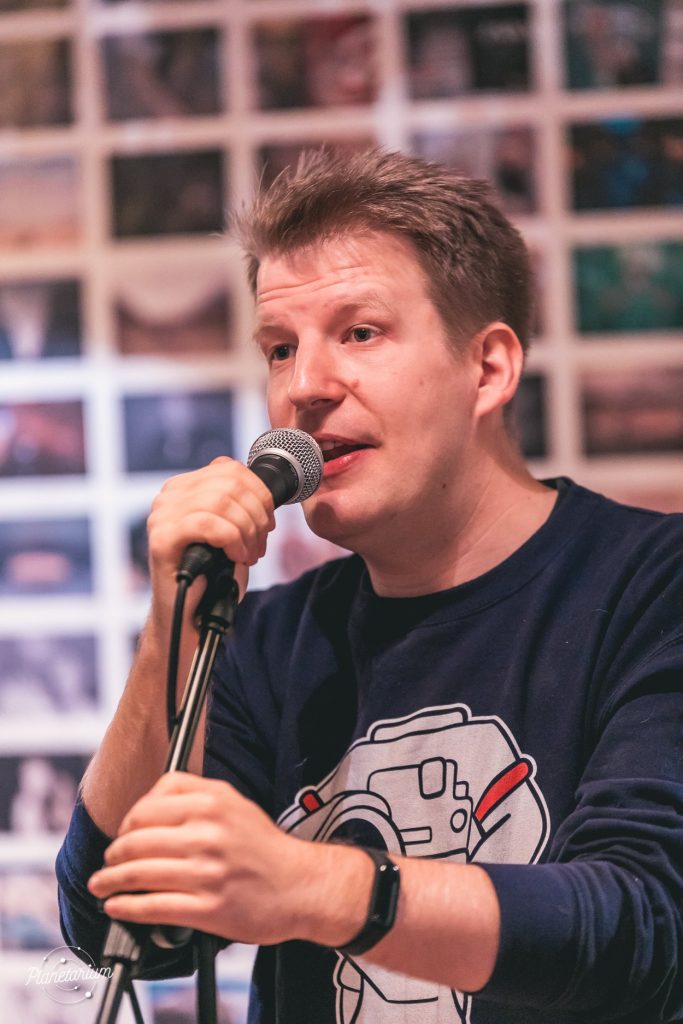While a good part of the world is struggling with this new way of life, trying to adapt to a home office, distance learning and social distancing, and are facing depression or feeling demotivated, other people have managed to stay creative and use this time to help those in need overcome the crisis. The team at the Kolozsvár (Cluj-Napoca) based BOLD. Branding Studio – poet Ferenc André poet, illustrator Noémi Fazakas and web developer Kata Kovács – have created a “smaller poetic novel,” entitled Hide and Seek, which helps children understand why the whole world has turned upside down.
“This is what happens when the copywriter is also a poet and the designer is a talented illustrator. We hope to bring a bit of joy and playfulness to your day with this story of a global hide and seek,” the creators wrote in the prologue of the poem, seven chapters of which are published on wearebold.ro. A part of the poem is also available in English.
According to the story, a powerful yet evil wizard curses the people with a disease because he envies their joy; the illness spreads fast and makes everyone sick. The hero of the story is Bence, a 10-year-old boy, together with his sock friend, comes up with a great idea. They believe that the whole world should stay home and play a game of global hide and seek to stop the spread of the curse.
Ferenc André, the writer of this joyful and colorful story, answered some of our questions about the poem here below.
TransylvaniaNOW: Feri André is not known as a writer of children’s poems Have you written children poems before or was this the first time?
Ferenc André: As the poet Weöres Sándor said, there is no children’s poetry or adult poetry, only good or bad poetry. I’ve written actively for about 10 years now; during this time I have experimented with several poetic forms and expressions, although I only published children’s poetry recently. I started taking it a bit more seriously when someone approached me to write some poems for a children’s anthology. It seemed like a good challenge.

TN: Please tell me, why did you decide to put this catastrophe in a child’s story? How did the idea of writing this poem come to mind?
F. A.: I work as a copywriter at Bold. Branding Studio. As soon as the pandemic situation started to get serious, the whole team wanted to create something useful for society. We created infographics with the symptoms and preventive measures and sent them to platforms to use for free to inform people more easily. We created a video to help spread the message of big companies about the problems with impulse and panic shopping. So, while working on our projects, we did our best to bring value to society.
After the first two weeks, the COVID-19 discussion was pouring from pretty much everywhere, so everyone was able to find out what to do and not to do. But we felt that people, especially parents and children stuck at home with no clear information about when this is going to end, were having a really difficult time. So we wanted to cheer them up a little with some positive message to give them a glimpse of hope. Children are pretty smart, so it is important to talk to them about the difficulties of life. They will feel if you are stressed, if you suppress them. The best quality to have right now is to remain curious and be willing to learn. Yet it is probably a really hard job to be a parent, especially now. We wanted to help them somehow, to make it easier for children to understand why the whole world has turned upside down.

That’s when the idea came along: to write a poem that explains this craziness that’s been going on. At first I just wanted to write a few poems, then it became clear that there was a story behind them, so I started to find the narrative. As I dug deeper, more and more details emerged, the story got longer and more colorful. This is how the Hungarian version slowly grew into a long narrative poem, a bit in the style of Dr. Seuss.
TN: The poem is beautifully illustrated, how were the visual parts of the story created?
F. A.: It was a team effort. As soon as I told my colleagues the idea about a poem, they all became excited. They even made it a part of the daily tasks to complete it. I wrote a few sketches about how I imagined this poetic world, and Noémi Fazakas, who is a wonderful illustrator, created the first drawings. They inspired me to write more, and that motivated her to continue the illustrations. So it was mutual influence: she helped me be able to imagine the poetic universe in detail, and these details inspired her drawings. After we were ready, Kata Kovács, our web developer, together with Noémi created the website. I fully trust them, so I didn’t really say anything about how I imagined it because I was sure they’d do a great job. And oh boy, I was not disappointed! I really love that elevator feature that helps you with the scrolling. The final version looks so beautiful and engaging that I would recommend it even to people who do not like to read.
Title image: The hero of the story is Bence, a 10-year-old-boy who comes up with a great idea. Photo: wearebold.ro